How Cisco Partner Lifecycle Services Are Reaching ‘Critical Mass’ Ahead Of GA Launch: Exclusive
Cisco’s Denzil Samuels talked about the passionate response partners have had for Cisco Partner Lifecycle Services (PLS) and the work the tech giant has done to ready the portfolio for the masses ahead of its GA launch at Cisco Live in June.
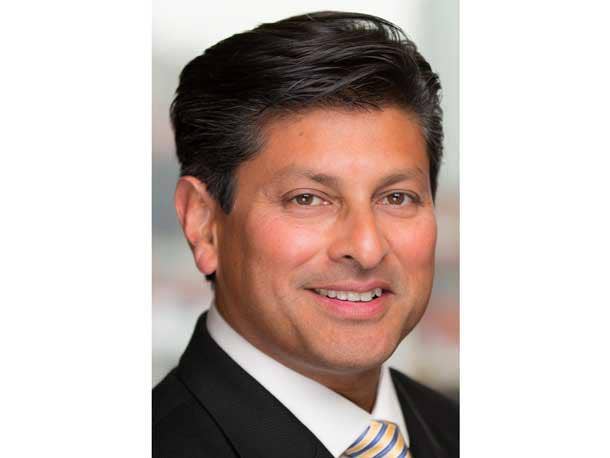
PLS Reaching Primetime
Cisco Systems has been pushing the importance of lifecycle services to partners for the last several years, especially as changing buying behaviors are almost demanding the channel to build out managed services practices. Luckily, many Cisco partners are already well down the lifecycle and customer experience road. In fact, Denzil Samuels, Cisco’s vice president of Global CX Partner Success who has been with the company since the start of 2021, said that Cisco Partner Lifecycle Services, or PLS, is reaching critical mass this year.
PLS registration opened at Cisco Partner Summit in November and as of April, Cisco had 511 partner individuals registered, representing 274 partner companies. Of those 274, 174 companies are now eligible. PLS solution support will become generally available in June at Cisco Live 2022. PLS, said Samuels, is an all-encompassing suite of offerings that will allow eligible partners to deliver new customer experience, or CX services to customers under their own brand, powered by Cisco-provided insights, analytics and offers.
Samuels has been instrumental in connecting partners with Cisco services and recently caught CRN up in advance of the general availability of PLS to discuss the evolution of the partner success journey, the connection between PLS and managed and everything as a service, the preparation Cisco has done to ready itself and its partners for PLS, and how Cisco’s PLS strategy stands out from competing vendors also focused on lifecycle services.
What follows are excerpts from the conversation.
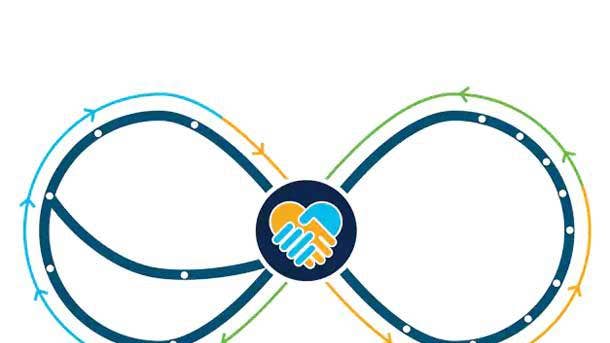
Where is Cisco at with Partner Lifecycle Services (PLS)?
We’re approaching lifecycle Services in a very real way. Honestly, I think we’ve been so theoretical about what we wanted to do in the past and this is really grounded in the reality of what the partners deal with on a day-to-day basis and how they have to morph in order to be successful. The partners [are] saying: “Hey, look, we really need to be able to differentiate, because just reselling Cisco stuff will only get us so far and it’s probably not where you want us to be.” We said: “Yes, you’re absolutely correct”. Because of all the shifts that are going on in the market right now, the multi-cloud environment, flexible consumption models, and the creation of digital platforms at the heart of the digital transformation, we’ve had to operate in a very different way. The customer’s expectations are really different. COVID really put a magnifying glass [on] customer relationships and customer experience shot to number one on the list. Three years ago, security and data breaches were their biggest concern.
The best way to drive the right customer experience is outcomes, and specifically, driving outcomes that are meaningful to the customer, such as: helping me grow my revenue, or helping me reduce my risk, or helped me minimize my costs or whatever those outcomes are, that’s what [customers] are looking for now. With all of those things going on, we sat down with a group of partners, and we said: “We’re not going to do this in a theoretical way, we want you to be part of the design process.” And we did actually design part of the lifecycle services with some of our partners. Early in the design of PLS, we bounced ideas off of [partners], got feedback, made some tweaks to it, and we’ve been doing that now for the last 12 months. We’re in a really good place right now with lifecycle services.
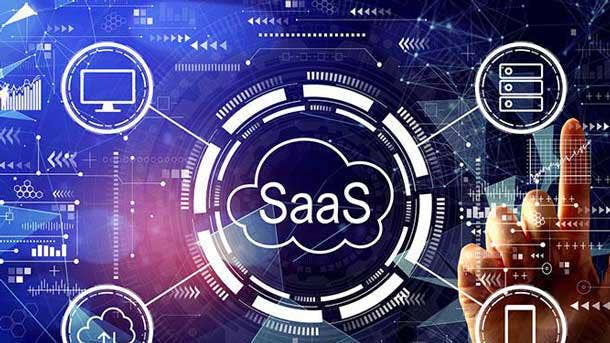
Is PLS connected to managed services and everything-as-a-service buying behaviors?
Absolutely. As a matter of fact, this was a discussion we’ve been having for the last few months. I believe this -- the future is as a service. And if the future is as a service, that means our value-added resellers have to become service providers. Well, they may not be in business, if they don’t make that transition, they have to. I mean, I sit down with a customer, and I say: “Hey, what are the three most important things we could help you with through our partners?” And they said: “Make it predictable. A monthly predictable spend or consumption spend. Allow me to know exactly how I want to buy it on a subscription and/or consumption basis. Enable me to provision something, because I’ve got changes in my world as changes, new employees, M&A activities, or whatever else, I need to be able to provision services across my organization seamlessly, effortlessly.”
There [is a] war on talent that’s going on in the world right now. I, as the customer, can’t afford to hire people, train them and retain them. I want to use a partner because I don’t want to be in that business. I’ve got my business; I want you to do that for me. So, if you look at everything that must be predictable and make spending seamless, what [is the customer] saying? They’re saying: “I want you to be my service provider.” This is the world we have to move into.
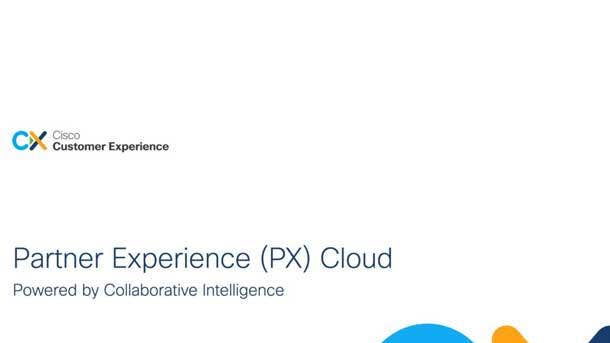
How does Cisco’s PLS stand out from competing providers offering similar portfolios?
If you look at every single industry where this has been going on, it’s always started with the digital platform. A great example that we all see is Nest. A 100-person developer company, they come along, and they create a new experience. They took about 20 percent market share from Honeywell in 12 months and then got acquired by Google and why? They changed the experience. And the experience is you didn’t have to physically stand in front of a box on a wall and punch in things on your thermostat, you could program it for anywhere in the world, and it changed the experience. As consumers, we see it with Uber and AirBnB. So, number one, we had to create a digital platform and we’ve been working on for years -- the PX Cloud, our partner cloud -- a fully cloud-enabled data lake with analytic capabilities and a whole host of features that we’re building on every single day. That’s why we’ve got 52 partners checking it out and giving us feedback.
Number two, we had to have the ability to build on some of the most famous things that Cisco has. And one of the most famous things Cisco has, is the CCIE Certification, [which] became the gold standard in the industry. So, if we’re going to do PLS, we have to add a Cisco University [component.] We have to have content that is exceptional and certifications that are tough, and specialization programs that allow our partners to really grasp what it is we’re trying to do here. If we don’t have that in place, how are we going to help them on this journey? And by the way, that digital platform also extends to CX Cloud, which is the customer data. So, through PX Cloud, they have a partner experience, but through CX Cloud, they can access the customer analytics. So, digital platform, and content and enablement that is probably, in my opinion, is probably some of the best in the industry based upon the fact we’ve got the experts that did it decades ago for Cisco.
The third thing I would say is we help them with the heavy lift. It’s a heavy lift when you have to change your IT systems to smart bond with our system and when you have to go back to your board of directors and say, “Hey, we’re doing something with Cisco that’s going to change fundamentally change some of our target addressable market [and] change the offers we take the market. There’s going to be a transition period between some of the old, reactive support we were doing and the new, predictive software support and during that time, we need some help on that.” If you don’t have people in the region trained and high-touch workshops that allow us to help them with the heavy lift, they’ll never do it. Those are the three things that we had to put in place.
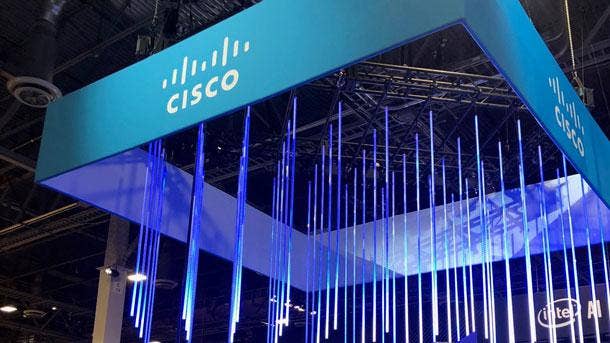
What has Cisco done this year to prepare for the launch of PLS?
We’ve spent the last 12 months preparing for PLS. We have specialists now in every single region. If a partner in Poland decides that they want to become a PLS partner, we actually have a CX Partner Specialist, fully trained and enabled in Poland, who can say: “Let me show you how to do it.” We’ve got these individuals all over the world that we’ve put that in place over the last 12 months. I do literally weekly calls with them. We keep them trained and abreast of everything that’s going on, and we run workshops with the partners. There’s a lot of high touch going on with these partners. In PLS, we have 15 partners that are in pilot mode that we’ve been working with the last few months. And on the PX Cloud side of PLS, we currently have 52 partners in the pilot. So, you can see this has gone beyond theoretical. We’ve got some critical mass we’ve never really had before.
What we’re doing at the end of the day is putting [the partner] at the center of this so that if you want to resell Cisco services, or if you want brand your own service, you can. If you want to be a managed service provider and choose to use some of your services and some of ours, we’re putting in all under one contract, which is your contract with the end customer. If you want to use two separate contracts, you can. We’re saying the answer is yes. Just tell us how you want to configure this. And by the way, it may be different depending upon who your customers. That level of flexibility and that [ability] to layer on [their] own services and differentiate, that’s the part that’s got them excited.
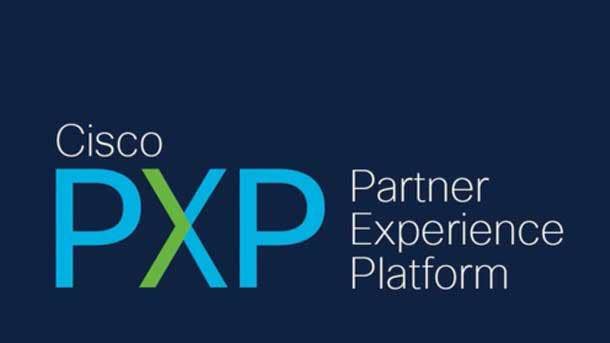
What do partners need to do to be involved with PLS?
What we’ve done [this time] that we hadn’t done before was we said: “There’s absolutely no point making an announcement and having nothing right away, in terms of enablement, content, use cases and playbooks, so why don’t we build all that first and it available so that when they decide that they want to move into this space and they register, they can go to Partner SuccessHub and see all this training information and content.”
We do need [partners] to be at the minimum, a CX Specialized partner. Many of them are actually Advanced Specialized partners. So, many of them do have the training, certifications, and already have access to smart hub. We [require a CX Specialization] because a big part of this is the ability to dynamically transfer information between our companies. For example, if a partner has a customer issue, they want to be able to open a trouble ticket. The instant that that trouble ticket is open, we see it. If we populate it or update it, or if they do, we see that ticket in both environments. We know that there’s no simple Cisco-only solution and some of our solutions involve a whole bunch of other vendors, so we built into this a multi-vendor aspect, and all of that we refer to as smart bond. We really need partners to be smart bonded to be on this PLS journey with us.